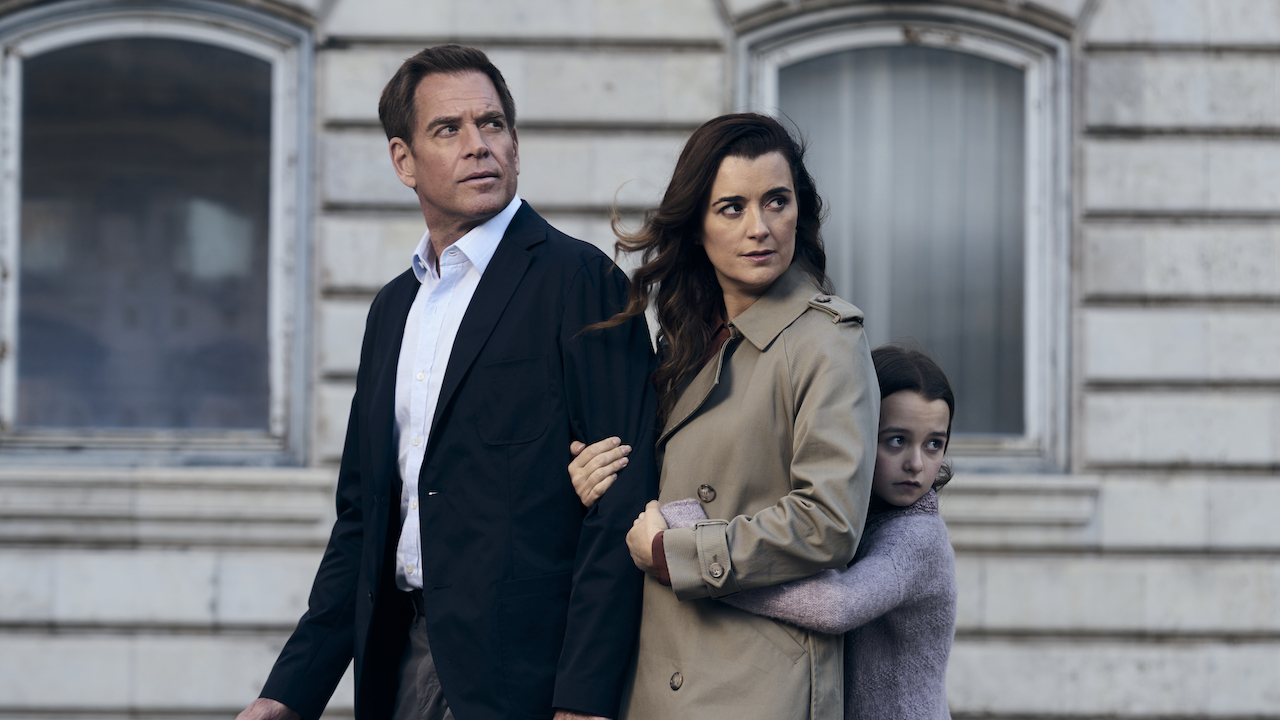The 90s changed movies forever. Filmmakers like Quentin Tarantino and Kevin Smith launched a new wave of independent cinema, soaked in guns and blood, or gleefully raunchy, no-holds barred dialogue. Iconic directors like Steven Spielberg gave us photorealistic dinosaurs, and horrifyingly realistic Nazis. The Wachowskis unveiled The Matrix, and spawned a decade worth of special effects copycats. But none of that had a bigger impact on modern cinema than the work being done by a tiny animation studio called Pixar. In 1995 they released the first ever computer animated feature, Toy Story, and in 1999 they bettered it with an even more spectacular sequel called Toy Story 2. They’ve kept right on innovating and movies have never been the same since.
Now Toy Story and Toy Story 2 are back in theaters, tricked up for 3D viewing and re-released with all the love and care you’d expect from any Pixar presentation, whether old or new. It’s almost meaningless at this point to talk about these films. You’ve seen them by now and formed your opinions. You can have your Citizen Kanes, these seem to be the only two movies in the history of film that almost everyone agrees are, absolutely amazing.
Pixar hasn’t done anything gimmicky here, in releasing it in 3D they haven’t inserted a scene in which Buzz leaps at the screen or in which the plastic soldiers wave their rifles over the audience. It’s just Toy Story and Toy Story 2, with a little depth added to them. Honestly the 3D adds very little. Watching these two movies in theaters would be every bit as fantastic without it. The effect is as if you’re watching the film through a window now, as if it’s happening right outside the theater and you’re watching. It’s unnecessary, but if it gives Disney an excuse to re-release two such wonderful films as a back to back double feature, then I’m all for it.
So they’re wonderful but maybe it’s been awhile since you’ve seen them and it’s definitely been awhile since you’ve seen them in theaters. How do they hold up? The stories, of course, remain perfect and unchanged. Visually though, it’s hard not to notice that technology has moved on. The problems are particularly obvious in Toy Story.
The plain truth is that Toy Story was the first ever, computer animated film. Groundbreaking and amazing though it was, the animation isn’t without it’s rough edges and errant pixels. If you’ve watched it at home recently, maybe you didn’t even notice. Blown up on a massive theater screen, those rough edges become even rougher and when you add 3D to it those errant pixels become even more errant. I’m not entirely sure 3D was right for Toy Story, if only because it was created so early in the development of animation that it’s just not quite up to it.
Toy Story 2 is a different matter. Released in 1999, Pixar had 4 years to perfect their process and, even in 3D it still holds up. It looks every bit as sharp and crisp as any other modern computer animated film and throwing on 3D effects simply give it more depth. Are they necessary? Probably not but why pass up any chance to see Toy Story 2, in a proper theater, with an audience, the way god and John Lasseter intended.
Pixar and Disney go out of their way to make it worth your while. Both films play back to back, but in between there’s a fantastic little intermission to let you hit the concession stand. Should you choose to stay in the theater instead, you’ll be treated to Toy Story clips, trivia, and fun games narrated by the Toy Story voice cast. If you can hold it for three hours, it’s worth it. Don’t miss your chance to revisit the two best films of the 90s. Toy Story has aged like a fine wine.
Your Daily Blend of Entertainment News


